Carbon pollution is contributing to climate disasters that will only get worse unless we take action.
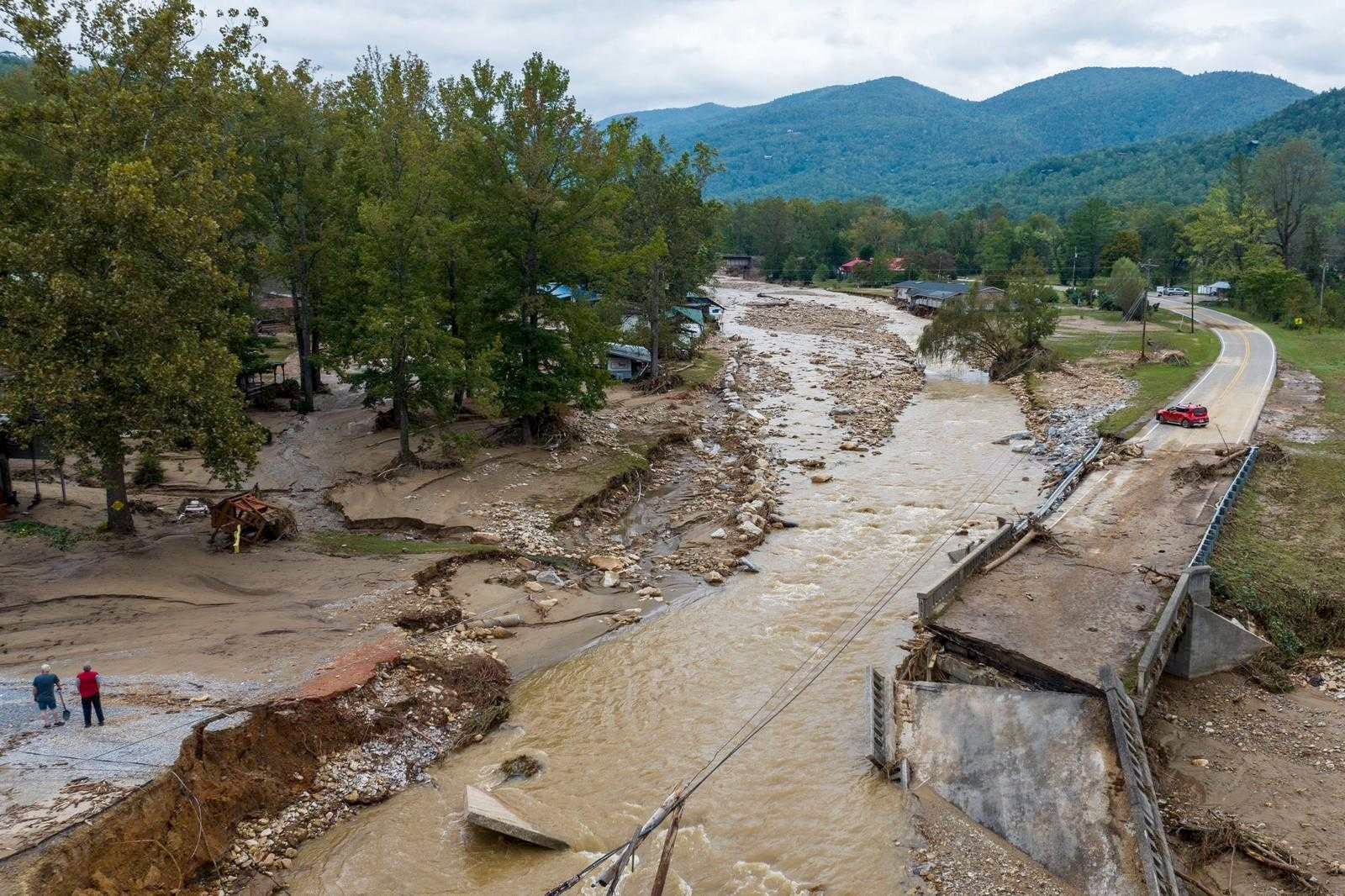
Across the globe, extreme weather is becoming the new normal.
- Record hurricanes
- Destructive wildfires
- Deadly heatwaves and drought
- Torrential rains and flooding
- Intense winter storms
From season to season and year to year, weather events that were once rare occurrences are now increasingly commonplace.
Why is this happening?
Human activity is causing rapid changes to our global climate that are contributing to extreme weather conditions.
When fossil fuels are burned for electricity, heat, and transportation, carbon dioxide, a greenhouse gas that traps solar radiation, is released into our atmosphere.
Over the past century, massive increases in carbon dioxide, methane, and other greenhouse gas emissions have caused the temperature on our planet to rise. That spike in global temperatures is fueling climate disasters that will only get worse unless we take action. Experts warn that we are running out of time to dramatically cut pollution to avoid climate catastrophe.
Read on to learn more, find out what Earthjustice is doing to help the planet change course, and how you can help.
1. Hurricanes are becoming more intense
Storm systems draw their energy from warm ocean water

Hurricanes are growing more powerful as global temperatures rise because these storm systems draw their energy from warm ocean water.
In September 2024, Hurricane Helene caused historic flooding across the Southeast United States, killing at least 121 people and leaving millions without power. Earlier in the summer, the Gulf Coast endured Hurricane Beryl, the earliest category 5 hurricane on record, fueled by exceptionally warm ocean waters.
Scientists warn that as our climate warms, storms will not only become stronger, but they will intensify faster.
Close Section
2. Wildfires burn longer and wider
Larger fires in hot, dry years
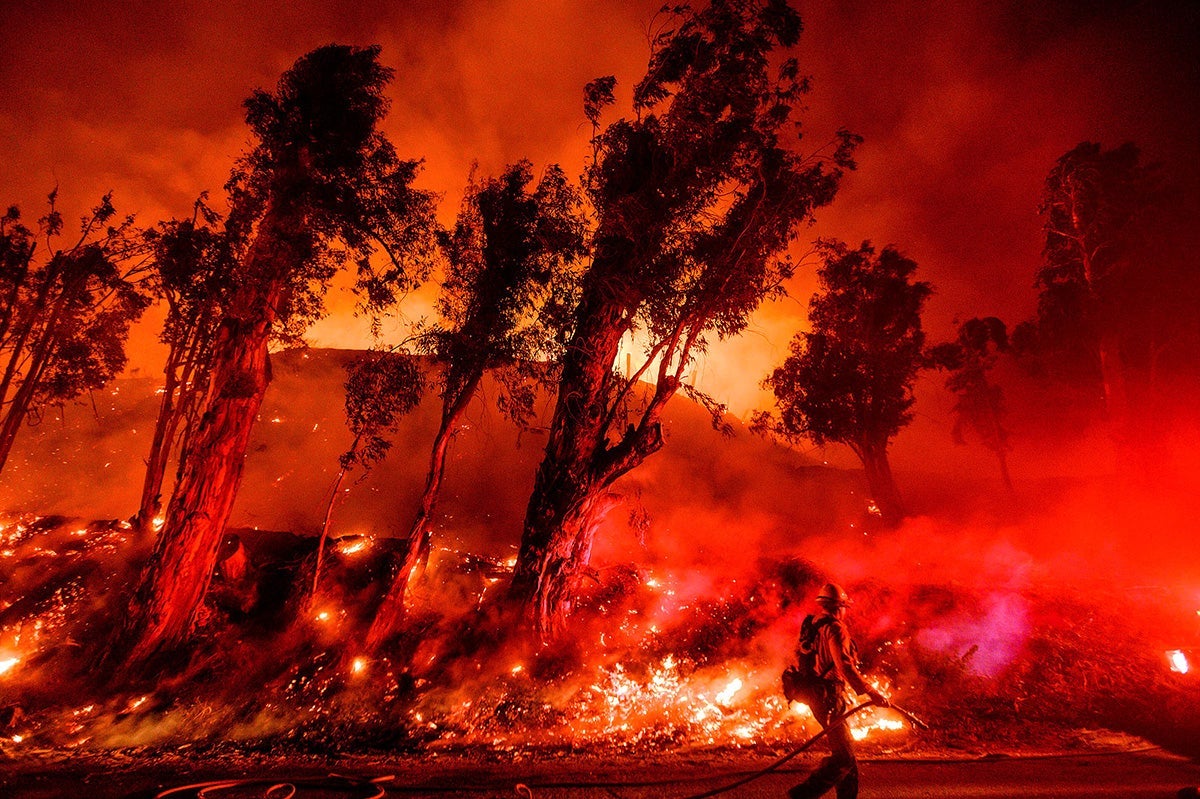
Wildfires have always been a natural part of life in the western United States and Canada. However, as this region grows hotter and drier, wildfires are growing in size, ferocity, and speed.
The hazardous air pollution that wildfire smoke creates can spread far beyond the region burned. In summer 2023, smoke wafting down from nearly 900 wildfires tearing through Canada triggered air quality alerts that affected as many as 70 million people across the eastern United States.
And then there’s the destruction on the ground.
In recent years, California has been particulary prone to devastating blazes. With record dry, hot conditions across the state, seasonal high winds (known as Diablo in Northern California and Santa Ana in the southern part of the state) caused wildfires to grow and spread at an unprecedented rate.
California wildfires burned more than 4 million acres in 2020 — an area larger than Connecticut — making 2020 the biggest fire season in state history. The Camp Fire in 2018 — California’s single most destructive, and deadliest, wildfire in history — destroyed an average of one football field worth of land every three seconds and killed 68 people, according to CAL FIRE.
And it’s not just California. Oregon, Washington, and Colorado have also seen explosive fires that have forced thousands to evacuate, claimed lives, and destroyed homes and businesses.
Close Section
3. Extreme heat gets hotter
Heat waves pose health risks and strain our energy system

As global temperatures rise, the hottest temperatures — and the number of areas impacted by extreme heat — are also rising. That means more scorching hot days in more places.
In California’s Death Valley this July, thermometers neared the hottest temperature ever recorded, hovering around 130 degrees. That same month, the average global temperature hit an all-time high.
It’s not just that individual hot days are breaking records — there’s an overall warming trend. Take the Texas cities of Austin and Houston, for example. Over the past 50 years, Austin has seen the number of days with temperatures above 100°F increase by one month, while Houston has recorded an additional month with temperatures above 95°F. In California, temperatures are estimated to have increased 3°F in the past century.
Through 2100, scientists predict hotter temperatures and more frequent and intense heat waves in every region of the U.S., according to the Union of Concerned Scientists. And the trend transcends borders.
Extreme heat increases demand for air conditioning, fueling carbon pollution and putting a strain our energy system that can lead to blackouts. It also poses a serious health threat, especially for the most vulnerable.
Close Section
4. Drought conditions persist
Moisture evaporates from waterbodies and soil
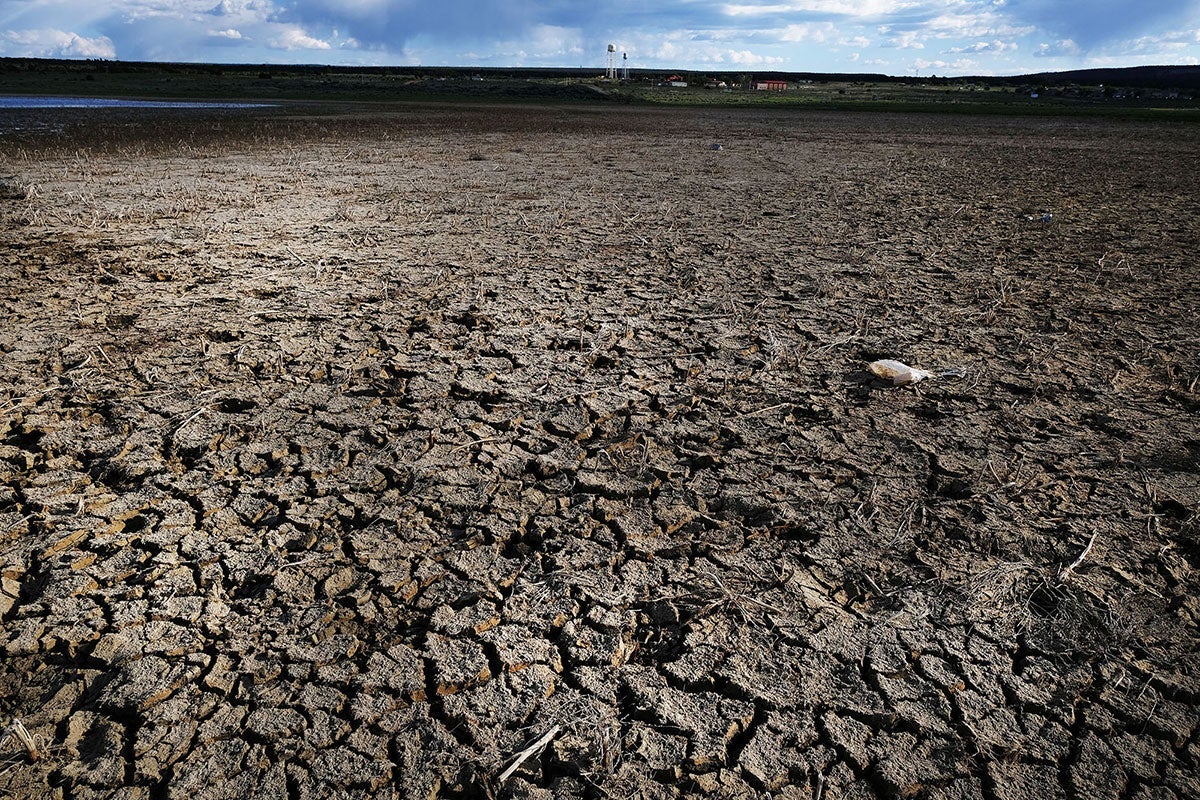
Higher temperatures also lead to drier conditions. When global temperatures rise, moisture evaporates from waterbodies and soil.
Droughts in the U.S. and elsewhere in the world have become more severe and long-lasting thanks to climate change.
In fact, the American West is currently in the midst of a mega drought that ranks among the worst in the past 1,200 years, even after heavy rainfall in 2023. Much of the region is currently facing "extreme" or "exceptional" drought conditions.
5. Warmer temperatures drive increases in precipitation
Areas that have historically trended toward heavy precipitation will get wetter
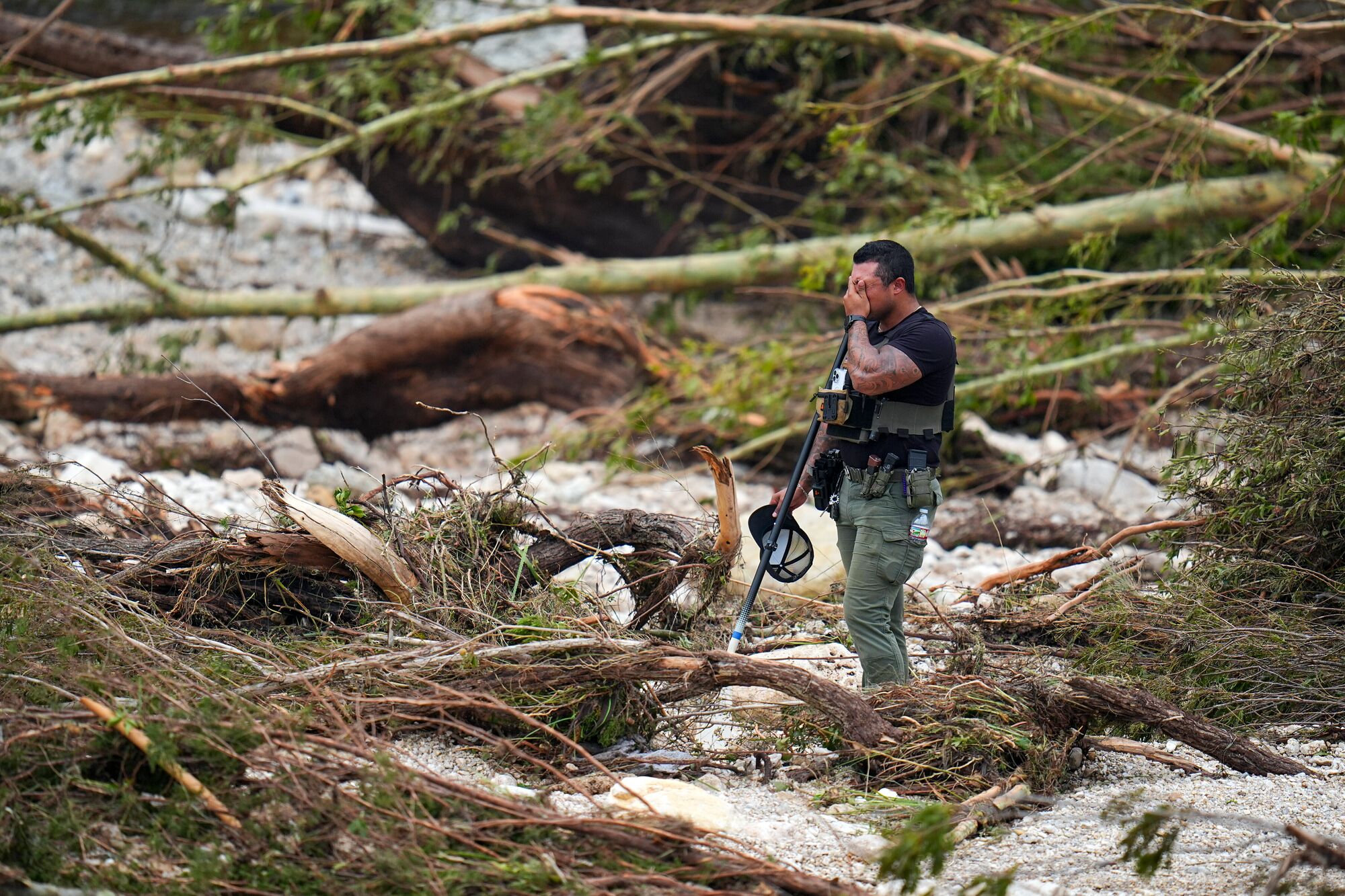
Warmer air increases evaporation, which means that our atmosphere contains an increasing amount of water vapor for storms to sweep up and turn into rain or snow.
Just as drier areas are likely to get drier with rising global temperatures, those areas of the world that have historically trended toward heavy precipitation will only get wetter.
At least 137 people died in Texas in July 2025 due to storms that dumped an amount of water greater than the daily flow of Niagara Falls in just a few hours, raising the Guadalupe River by more than 20 feet.
Though it is difficult to determine with certainty whether climate change caused any specific weather event, scientists say that global warming will make storms like this one more common. New rain estimates issued in 2023 indicate that 12.6 million properties across the U.S. that were not previously thought to be at flood risk now are due to the increased likelihood of extreme precipitation events.
6. Sea level rise causes flooding
Oceans are warming; land ice is melting
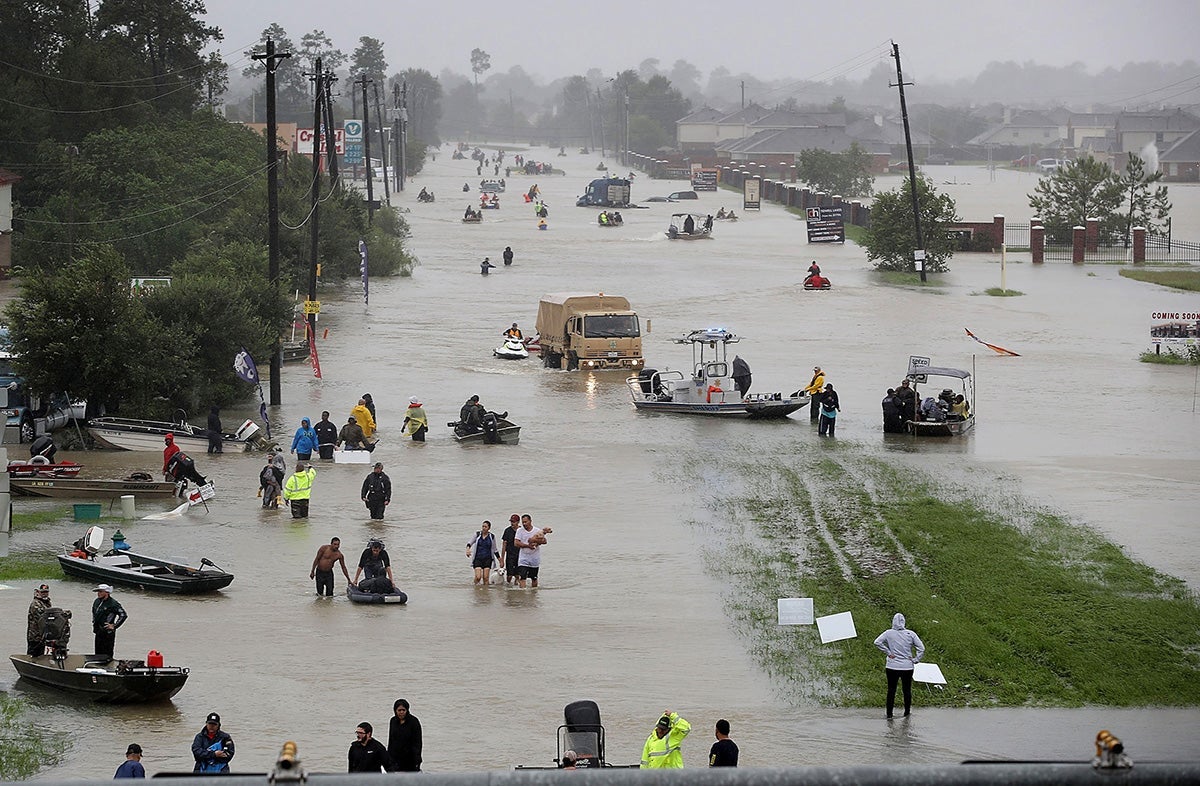
As the planet warms, ocean waters are also warming — and expanding. At the same time, warmer temperatures are causing land ice — think glaciers and ice caps — to melt, which is adding water to the world’s oceans.
As a result, average global sea level has increased eight inches in the last 150 years.
The Atlantic coast of the United States and the Gulf of Mexico are experiencing some of the highest sea level rise in the world, which, combined with record rainfall, has led to catastrophic flooding.
7. Winter storms hit harder
Trapped water vapor leads to heavier snowfall

Even as climate change raises average global temperatures, that doesn’t spell the end of winters. Overall, winters are getting milder and shorter; but recent winters have brought intense snowstorms and record-breaking frost.
As a result, average global sea level has increased eight inches in the last 150 years.
While it may seem contradictory, climate change may be contributing to more extreme winter weather. As the warming atmosphere traps water vapor later and later into the year, that precipitation leads to heavier snowfall when the temperatures do drop.
Another factor is the rapidly warming Arctic, which some scientists believe is weakening the jet stream and causing disruptions of the polar vortex. The polar vortex refers to bands of wind and low air pressure near the North Pole, which normally lock cold air over Arctic. When those bands break down, icy air can escape south in the form of freezing winters.
In 2021, record-breaking snowstorms knocked out power for nearly 4.5 million homes in Texas as icy conditions and heating demands overwhelmed much of the region’s power supply. More than a hundred people died, and the storms caused an estimated $295 billion in damage.
Close Section
What can we do?
There is a solution: Break free from fossil fuels
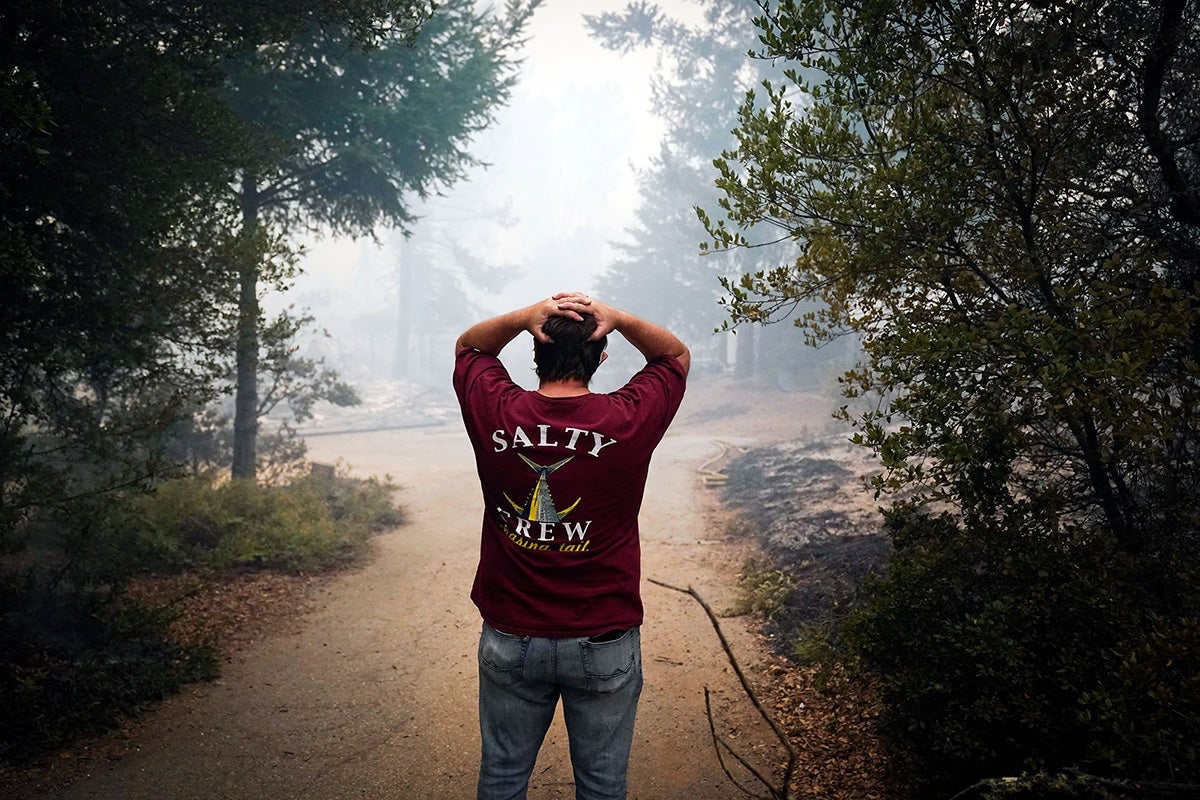
Americans across the political spectrum are feeling the urgency of our climate deadline and calling for action on a scale that matches the threat. We need bold and equitable climate solutions to move towards a pollution-free, 100% clean energy future.
Our attorneys use the law and partner with communities on the frontlines to tackle the climate crisis. Here are a few examples of the goals we’re working on and the progress we’ve achieved:
- Move beyond fossil fuels. Earthjustice has secured the retirement of coal plants generating more than 65,000 megawatts a year and stopped the buildout of more than 8,500 megawatts of methane gas. This work has prevented $16.9 billion a year in climate-related costs.
- Clear the way for clean energy. We level the playing field and ensure that utilities, regulators, and grid operators don’t discriminate against clean energy. We have driven 157 coal-fired power units in 23 states into early retirement and are pushing state regulators to make a faster, more affordable transition to clean energy. We are also challenging the Trump administration’s false invocation of emergency powers to prop up costly, polluting fossil fuel plants and stick consumers with the bill.
- Electrify our economy. Transportation generates more greenhouse gas emissions than any other economic sector in the U.S. Advocacy by Earthjustice and our partners has pushed 10 states home to 100 million people to adopt a zero-emission trucks rule. California, which has the power to shape national industry standards, has also committed to electrifying locomotives and public buses. And at the federal level, we've helped secure billions in funding to electrify ports, school buses, and USPS mail trucks.
- Make sure everyone benefits by centering environmental justice and expanding access to clean energy in every community. We supported Puerto Rican advocates in securing $1 billion in federal funding to bring rooftop solar power to low- and moderate-income communities across the territory. This investment will help households keep the power on when hurricanes strike – and we’re fighting for additional funding so that everyone in Puerto Rico can have reliable, safe, and affordable energy.
- Take on the next frontiers. To name just a few efforts, we’re protecting climate forests, promoting climate-smart agriculture, stopping the petrochemical buildout, and challenging dirty hydrogen and carbon capture projects that prolong the use of fossil fuels.
This fight to preserve a livable planet touches everyone. Together, we can drive transformative change in service of the earth and justice for its people.
Earthjustice’s Clean Energy Program uses the power of the law and the strength of partnership to accelerate the transition to 100% clean energy.